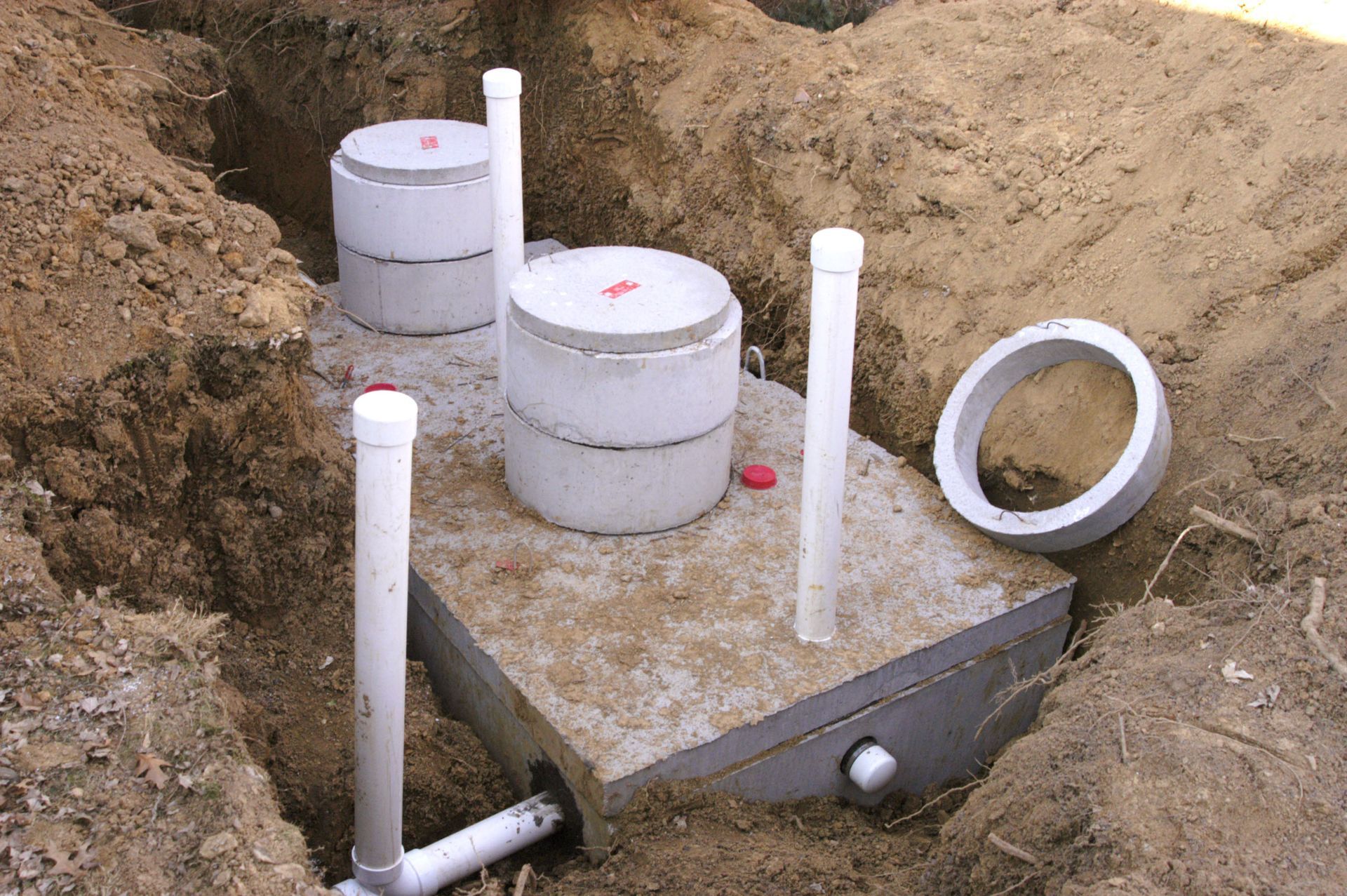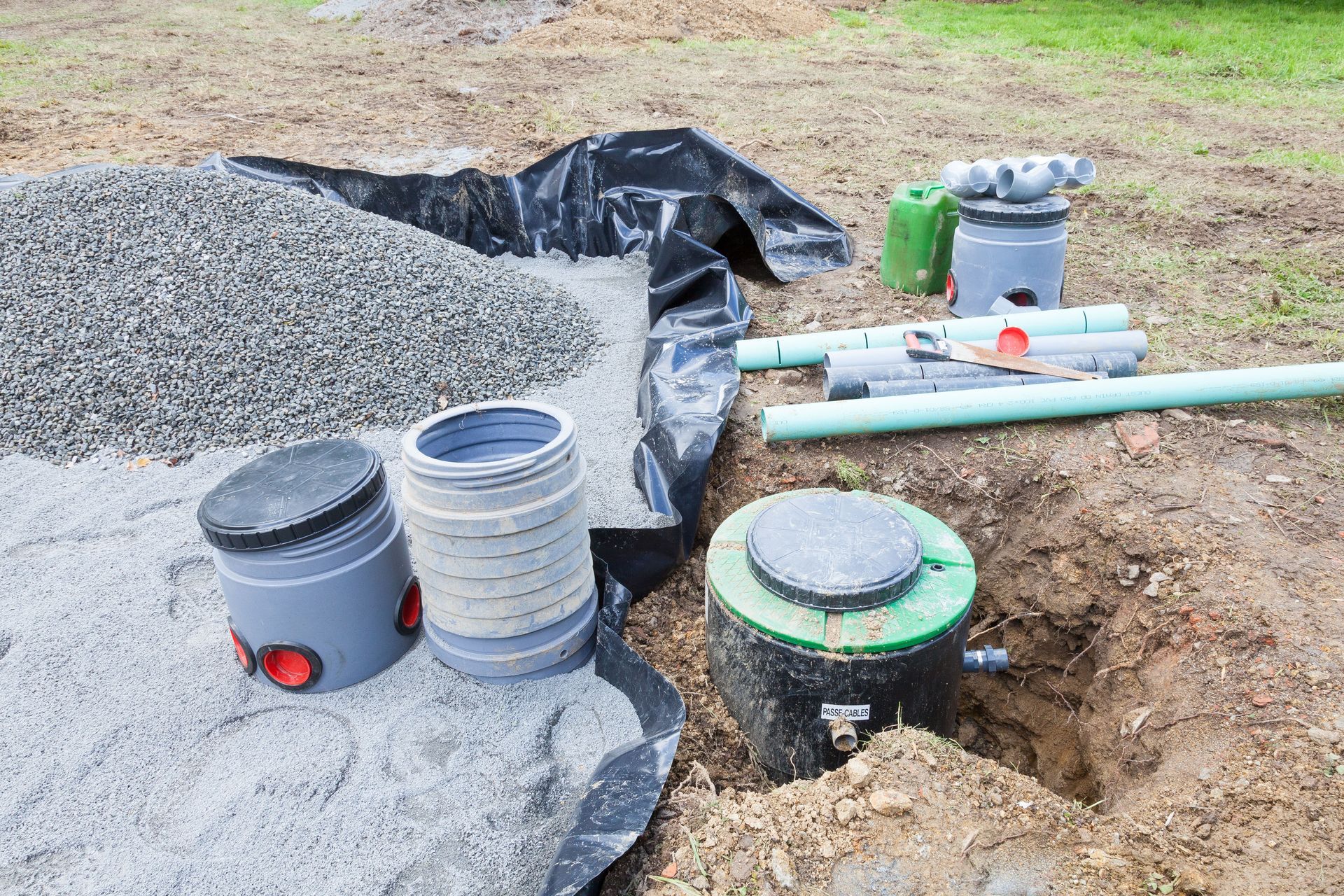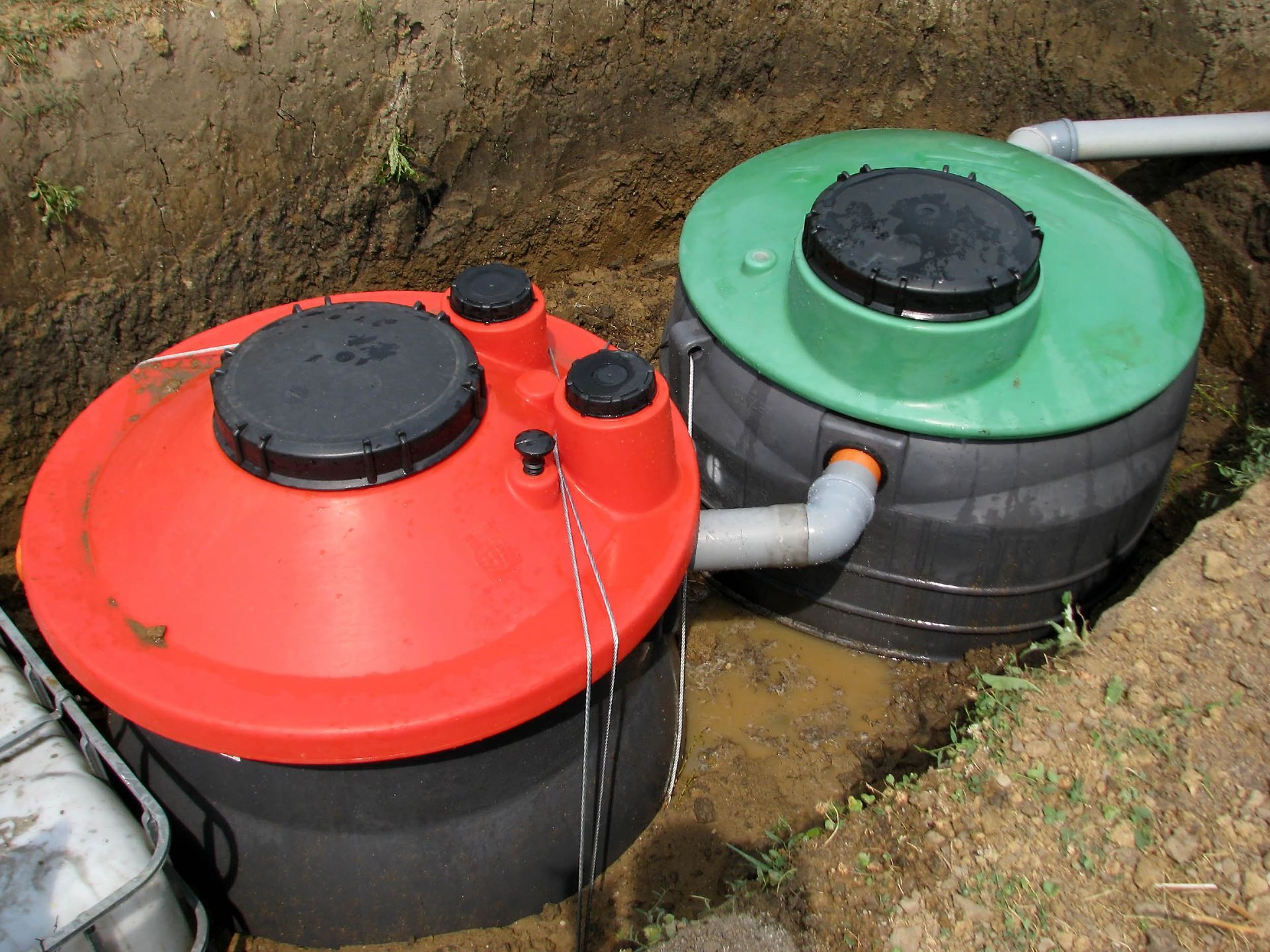The Steps in a Septic Tank Install
Septic tanks play a crucial role in managing household wastewater, especially in areas without access to centralized sewer systems. For homeowners considering a septic system, understanding the septic tank install process is vital for ensuring proper function and longevity. Not only does a well-installed septic system handle waste efficiently, but it also protects groundwater from contamination. Let's delve into the steps involved in installing a septic tank.
Step 1: Site Evaluation and Permitting
The first step of a septic tank install is conducting a thorough site evaluation. This involves assessing the soil type, water table level, and local regulations to determine the appropriate system for your property. Obtaining the necessary permits from local health departments or regulatory agencies is also a critical step. Given that more than 60 million people in the United States are served by septic systems, according to the EPA, it's vital to adhere to these regulations to ensure environmental safety and legal compliance.
Step 2: Excavation and Installation
Once the site evaluation and permitting are complete, excavation can begin. This involves digging a hole large enough to accommodate the septic tank and creating a drain field to allow for wastewater filtration into the soil. The tank is then carefully installed into the excavated area. It's essential to ensure the tank is level and securely positioned to prevent future issues like uneven settling or leaking.
Step 3: Connecting the System and Final Inspection
After the septic tank install is completed and secured, the next step is connecting the system. This includes linking the tank with household plumbing and setting up the necessary ventilation and access points. An important final step is obtaining a professional inspection to confirm that all components function correctly and meet safety standards. This inspection ensures long-term reliability and helps prevent potential problems before use begins.
Installing a septic tank involves several critical steps, from site evaluation to final inspections. Each phase requires careful attention to detail to ensure a functional and compliant system. For the millions of Americans relying on septic systems, following these steps guarantees efficient wastewater management and environmental protection. Understanding and executing each step effectively leads to a successful septic tank install that stands the test of time. If you're looking for a quality septic tank install service, contact American Pumping Service today.





Share On: